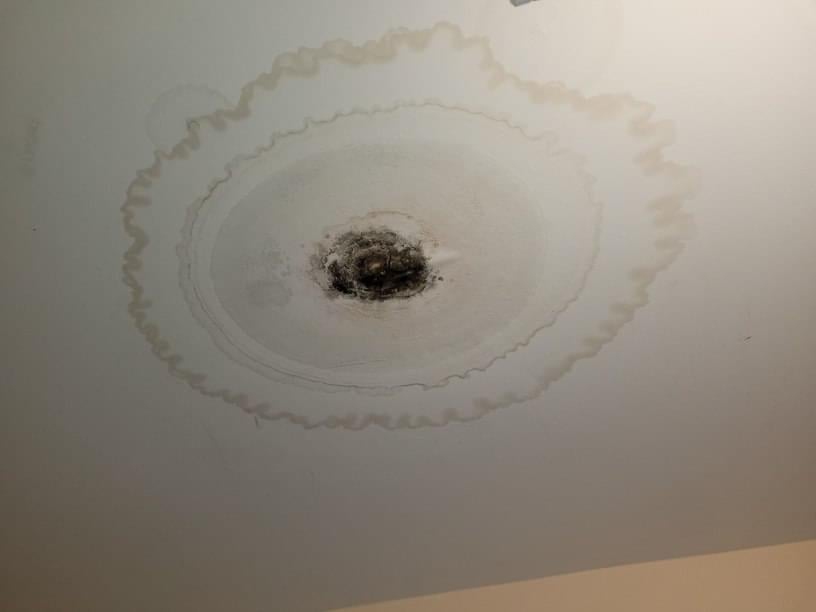Overview To Water Leak Detection At Home
Overview To Water Leak Detection At Home
Blog Article
The author is making a number of good pointers about Detecting hidden plumbing leaks overall in this great article further down.

Early detection of dripping water lines can reduce a possible catastrophe. Some little water leaks might not be visible.
1. Check Out the Water Meter
Examining it is a guaranteed method that helps you find leaks. If it moves, that suggests a fast-moving leakage. This implies you may have a slow leak that might also be below ground.
2. Check Water Consumption
Examine your water costs as well as track your water intake. As the one paying it, you need to see if there are any kind of inconsistencies. If you find sudden changes, in spite of your intake coinciding, it indicates that you have leaks in your plumbing system. Bear in mind, your water expense ought to fall under the very same range every month. An abrupt spike in your expense shows a fast-moving leak.
A consistent boost every month, even with the same behaviors, shows you have a slow leak that's likewise gradually intensifying. Call a plumber to extensively inspect your property, specifically if you feel a cozy area on your floor with piping beneath.
3. Do a Food Coloring Test
When it comes to water intake, 30% comes from toilets. If the shade in some way infiltrates your dish throughout that time without flushing, there's a leakage between the tank and dish.
4. Asses Exterior Lines
Don't neglect to examine your outside water lines as well. Test faucets by connecting a yard pipe. Ought to water permeate out of the link, you have a loose rubber gasket. Replace this as well as guarantee all connections are tight. If you have actually got a lawn sprinkler, it will assist get it professionally analyzed and also preserved each year. One little leak can throw away tons of water as well as spike your water bill.
5. Assess the situation and also check
Property owners need to make it a behavior to check under the sink counters as well as also inside cupboards for any type of bad odor or mold growth. These 2 red flags indicate a leakage so prompt focus is required. Doing routine inspections, even bi-annually, can save you from a significant trouble.
If you understand your residence is currently old, maintain a watchful eye on your heating systems, hoses, pipes and so on. Check for stainings as well as compromising as a lot of appliances and also pipes have a life span. They will also normally weaken as a result of deterioration. If you suspect leaking water lines in your plumbing system, do not wait for it to escalate. Call an expert plumber immediately so you don't wind up with a dreadful mess in your home.
Early detection of dripping water lines can minimize a potential disaster. Some little water leaks may not be noticeable. Examining it is a surefire method that aids you uncover leaks. One little leakage can waste heaps of water as well as surge your water expense.
If you presume leaking water lines in your plumbing system, don't wait for it to intensify.
WARNING SIGNS OF WATER LEAKAGE BEHIND THE WALL
PERSISTENT MUSTY ODORS
As water slowly drips from a leaky pipe inside the wall, flooring and sheetrock stay damp and develop an odor similar to wet cardboard. It generates a musty smell that can help you find hidden leaks.
MOLD IN UNUSUAL AREAS
Mold usually grows in wet areas like kitchens, baths and laundry rooms. If you spot the stuff on walls or baseboards in other rooms of the house, it’s a good indicator of undetected water leaks.
STAINS THAT GROW
When mold thrives around a leaky pipe, it sometimes takes hold on the inside surface of the affected wall. A growing stain on otherwise clean sheetrock is often your sign of a hidden plumbing problem.
PEELING OR BUBBLING WALLPAPER / PAINT
This clue is easy to miss in rooms that don’t get much use. When you see wallpaper separating along seams or paint bubbling or flaking off the wall, blame sheetrock that stays wet because of an undetected leak.
BUCKLED CEILINGS AND STAINED FLOORS
If ceilings or floors in bathrooms, kitchens or laundry areas develop structural problems, don’t rule out constant damp inside the walls. Wet sheetrock can affect adjacent framing, flooring and ceilings.
https://www.servicemasterbyzaba.com/blog/how-to-detect-water-leakage-in-walls/

I am just very involved in Leaking water lines and I hope you liked the new entry. Remember to take the time to distribute this blog entry if you enjoyed reading it. I thank you for reading our article about Detecting hidden plumbing leaks.
Report this page